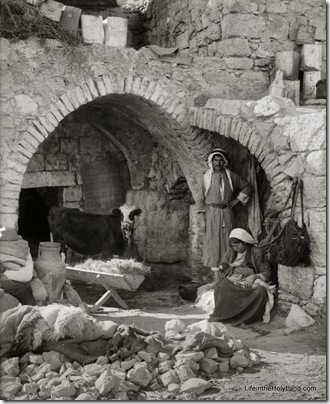The Jerusalem Post has a story on the Eretz Israel Museum in Tel Aviv. If you haven’t been to this one yet, try to get there at the next opportunity.
A preliminary report of the Western Wall Plaza Excavations (2005-2009) is now available at Hadashot Arkheologiyot. Among other things, they’ve uncovered a four(?)-room house from the late Iron Age.
The Khirbet Qeiyafa Vol. 1. Excavation Report 2007–2008 is now available from the Israel Exploration Society. The cost is $72 ($54 to members of the Israel Exploration Society), airmail postage $13. You can contact IES for more information.
Was Qumran home to the Essenes, or was it a fortress? Or maybe a place of manufacturing perfume, or was it pottery? These and other views are considered in an article in the Smithsonian Magazine.
Paleojudaica has an update on the fabric of the Turin Shroud (noted here previously), but it doesn’t seem to clear the air.
I have a very aggressive travel schedule for the next three weeks, so I don’t expect to have much time to post. I have prepared some interesting posts and photos for my absence, and if I see anything of interest (and time permits), I’ll note it here. I’ll start things off tomorrow with my top 9 archaeological discoveries for 2009.

